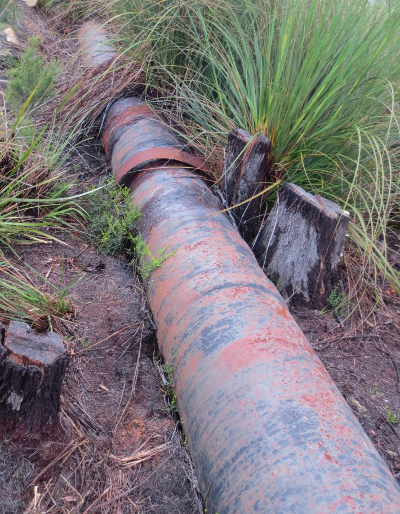Risky flows plotted across NSW
 Macquarie University has released preliminary results of test to find the extent of contaminated drinking water in NSW.
Macquarie University has released preliminary results of test to find the extent of contaminated drinking water in NSW.
The study so far indicates excessive levels of lead and other metal contamination in New South Wales’ household drinking water.
Some locations across the state were found to contain up to 20 times the amount of lead recommended by the Australian Drinking Water Guideline in their supplies.
Macquarie University researcher Paul Harvey is seeking to fill a gap in recent state-wide water testing by undertaking a research tour of regional New South Wales, to determine the extent of lead and other heavy metal contamination in Australian community centres.
The most recent figures date back to 1994.
Mr Harvey is working in conjunction with the Country Women’s Association of NSW, which has helped by providing community outreach for the research.
“Testing so far has demonstrated much higher levels of lead in drinking water than previously understood. Approximately 10 per cent of samples already collected contain above the drinking water guideline concentration of lead, which calls for a much broader assessment of the current levels across the state,” said Harvey.
“High concentrations of contaminants are occurring regularly at properties that use a rainwater tank for drinking water and in properties that are about 30 years old.
“We’re unsure of the extent and associated health burden of such high levels for the Australian community, but the data shows we need to reduce the risk of lead exposure through drinking water.”
Past international research reports possible health effects such as renal damage, anaemia and neuropathy.
Lead is a tasteless, odourless and colourless potent neurotoxin and can find its way into welding, pipes (including PVC) pipe fittings, roof materials and water tanks.
Mr Harvey will be testing drinking water in northern NSW in June.







 Print
Print